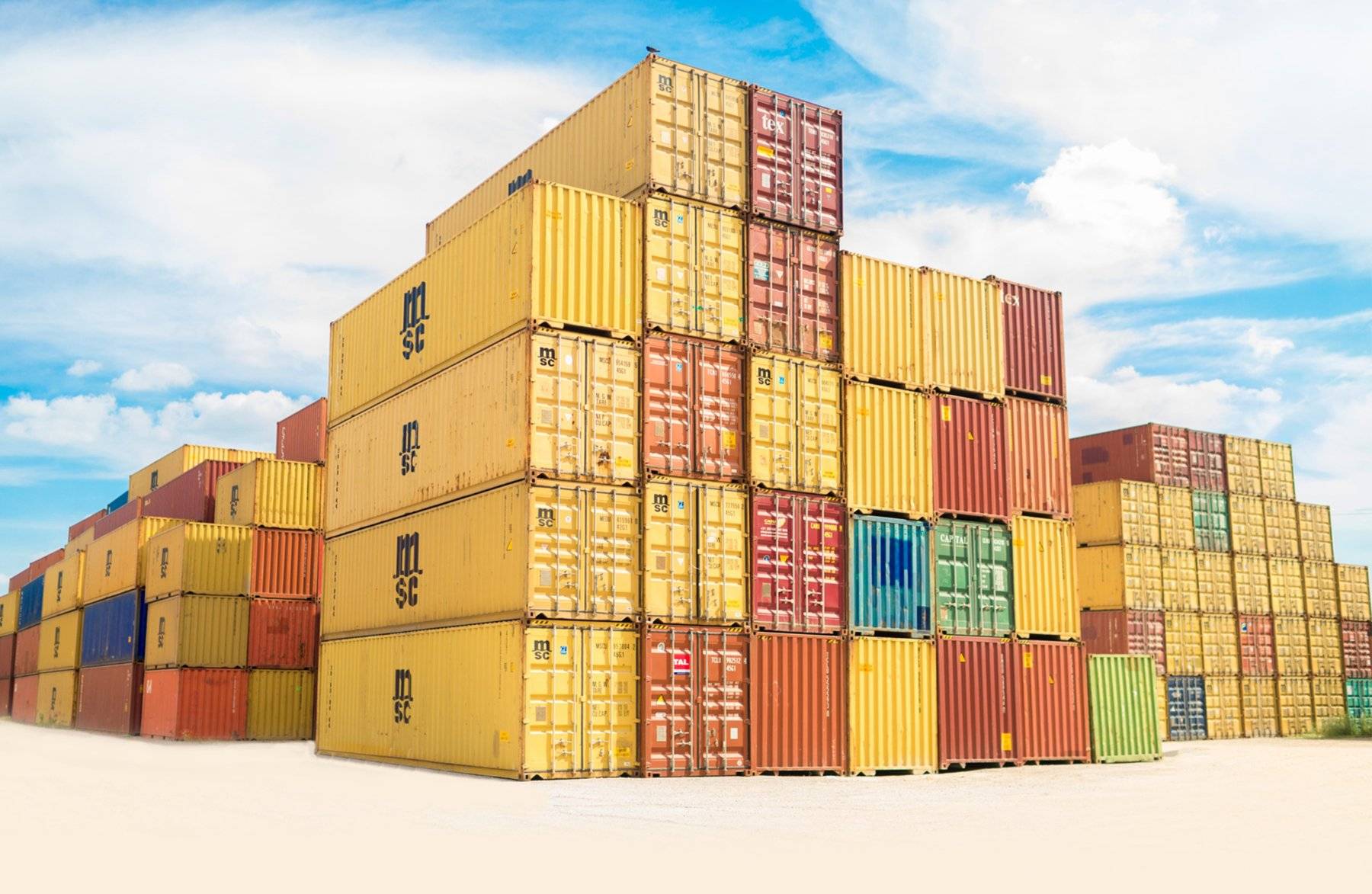The success of all businesses significantly depends on logistics and supply chain management. Implementing effective logistic plans is essential in decreasing warehouse congestion and ensuring customers receive their specific items promptly.
Businesses aiming to implement logistics strategies should initially assess the potential benefits they can reap from such efforts. However, during the execution phase, they might unintentionally ignore some factors that can influence the efficiency of the supply chain. Here are a few common logistical errors small and medium enterprises often make.
Negligent Handling and Disregard for Packages
Even though all packages and goods in transit will be insured, it's vital for a transport startup's success to ensure the primary focus of the business (the parcels and packages) are well taken care of. They should reach their destination in the same condition they were sent off.
Regardless of whether you operate with a large fleet or a small team of drivers, everyone needs to understand the importance of handling customer packages and products with care.
Staff growth is crucial to achieve this, making fleet driver training, manual handling, and understanding the logistics processes your startup employs, essential areas for training.
Inflexibility
As a logistics start-up, the primary focus should be ensuring professional and timely delivery and delivery of goods and products. Yet, the unpredictable nature of the logistics industry also demands adaptability.
Your customers may need to alter their pickup, and delivery time unexpectedly. Therefore, your logistics operations must be versatile enough to accommodate these changes and support your customers accordingly.
Confusion Regarding Types of Shipping
The initial error many businesses commit in their shipping processes is the confusion between their shipping methods and the nature of their goods. Many operate under the assumption that all shipping approaches are identical. However, two primary types of shipping are prevalent amongst businesses: carrier shipping, performed by a third-party provider, and in-house shipping, where the company manages its own dispatches.
The key distinction between these two methods is that an external company handles carrier-shipping, while in-house shipping is managed internally. Carrier shipping often proves more efficient due to its execution by a specialist third-party company, boasting extensive facility networks and the ability to deliver goods quickly and affordably.
In contrast, in-house shipping typically involves a company-owned fleet of trucks, tends to be slower, costlier, and might be limited to specific shipping locations. Check this step by step LLC lesson in Pennsylvania for more information on starting an LLC.
Substandard Upkeep of Vehicles
It's incredibly detrimental to the supply chain or production cycle when a vehicle transporting your goods, raw materials, and components experiences a delay due to a breakdown. Engaging a proficient maintenance and servicing team is likely the cornerstone of a prosperous logistics firm. Ensuring the vehicles are consistently operational and in transit is the fundamental element of your business if it revolves around transportation.
Disorder and the Absence of Established Processes
When a business isn't running on a grand scale, it can easily become accustomed to managing its inventory storage, packaging, and shipment. This arrangement allows staff members to intuitively understand the inventory's layout. However, this familiarity isn't based on a systematic plan, and any interruptions, such as staff illness or vacation, can cause logistical hold-ups. As the business expands, these personnel shortages can quickly become serious.
Endnote
The logistics industry is dynamic and rapidly evolving. Businesses that aim to not only sustain but also thrive in this sector must be cognizant of common challenges and take measures to circumvent them.

